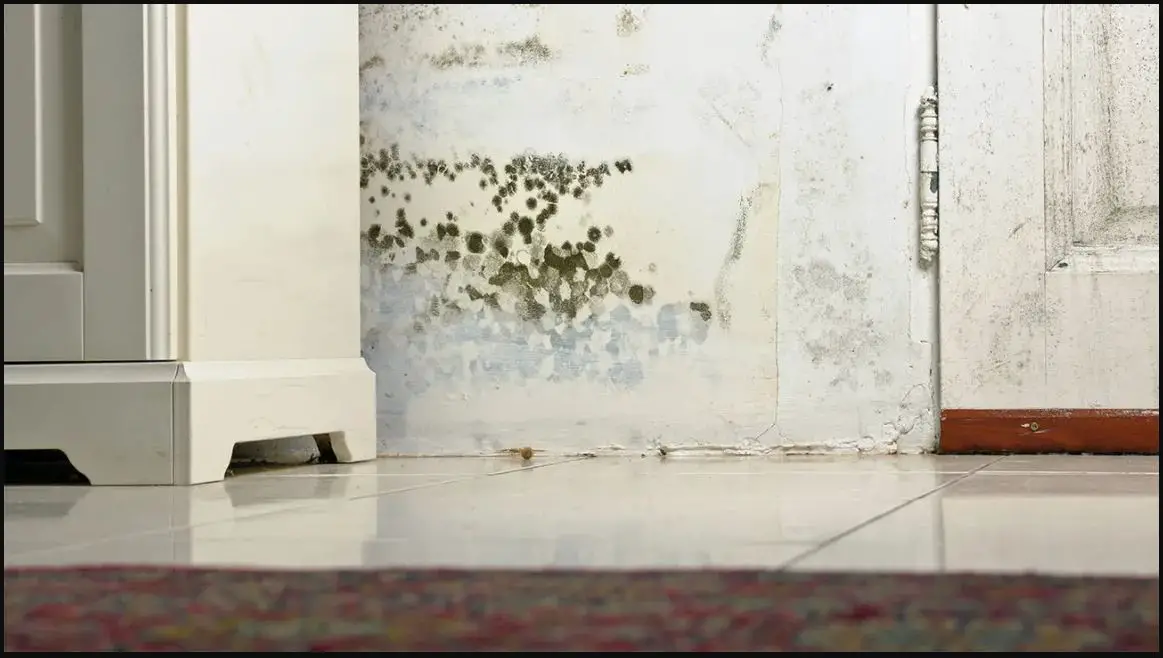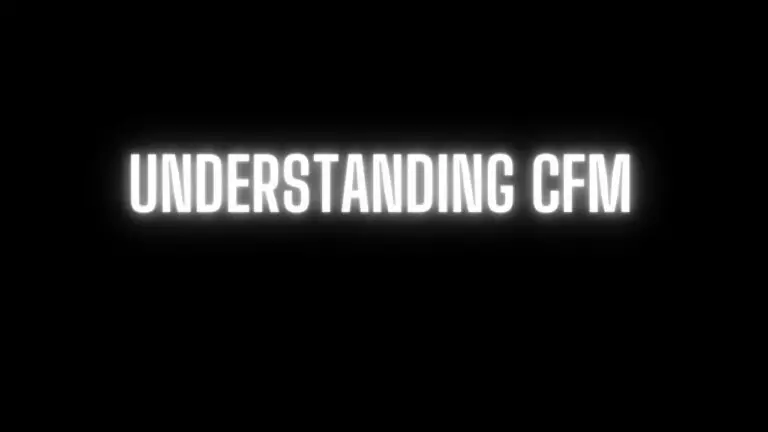How Bad is Mold for Your Health
Introduction:
You see in your homes and buildings that there is some kind of fungal infection on walls, pipes, and the floor. These fungal infections are molds and this destroys the construction of buildings and homes. Not only buildings these molds are bad for our human health as well. In this article, we will discuss what mold is, how it damages buildings and homes, how is mold bad for human health, and how can we get rid of it.
What are molds?
Molds are fungal infections that you see in your homes and buildings with different colors of growing molds on them. Molds need moisture as you see them mostly grow on roofs, pipes, windows, and in all the places where there is some kind of moisture and dust. Molds are small fungal microorganism that grows in any place.
Outdoor and indoor molds:
Two types of molds are present everywhere, outdoors and indoors. Outdoor molds need moisture and dust to grow; they grow in places such as near trees and flooding areas and falling areas are their food for growth. Indoor molds need carbon and moisture to grow and when they find moisture and carbon on buildings, they rapidly grow.
How does mold grow?
Molds can grow anywhere both outdoor and indoors; they just need their nutrients and then rapidly grow in number. When you hang clothes outdoor, molds can fly and come inside with the clothes and can find their moisture place and grow in numbers. It can also attach to shoes and outdoor things and come inside the buildings. It can also grow on wet cellulose materials such as paper products, wood, and ceiling tiles. Some other materials also support molds such as carpet, wallpaper, paint, dust, and fabric.
How people are affected by mold?
People who have respiratory problems are affected very badly by mold. When people who are allergic to molds are exposed to the front of molds then severe symptoms occur such as skin infections, eye infections, stuffy nose, and wheezing. When asthma patients are exposed to mold then they feel difficulty breathing which causes severe health problems. Molds can cause acute idiopathic hemorrhage in infants that has not been proven properly but suspects are there so we can say that acute idiopathic hemorrhage happened due to exposure to the molds.
People who have different allergies are more sensitive to mold. People who suffer from immune suppression and lung diseases can immediately catch fungal infections. Those fungal-infected people feel difficulty breathing and experience shortness of breath.
No clinical blood test is present to test mold infection. Although some physicians do allergic, tests and understand the cause of infection through molds.
The Science Behind Mold: How Does it Affect Health?
Mold reproduces by releasing tiny spores into the air, which can be inhaled or come into contact with the skin. These spores contain allergens, irritants, and sometimes toxic substances known as mycotoxins, which can trigger a range of health problems.
Respiratory Health: Mold’s Impact on Breathing
Mold exposure can exacerbate respiratory conditions such as asthma and allergies, leading to symptoms like coughing, wheezing, and shortness of breath. In susceptible individuals, mold exposure may even precipitate the onset of asthma.
Allergic Reactions: Unraveling the Immune Response
For individuals allergic to mold, exposure can elicit a heightened immune response, resulting in symptoms such as nasal congestion, sneezing, itching, and watery eyes. Prolonged exposure may lead to chronic allergic rhinitis or sinusitis.
Neurological Effects: Mold’s Influence on Mental Health
Emerging research suggests a link between mold exposure and neurological symptoms, including headaches, fatigue, difficulty concentrating, and mood disturbances. Mold toxins may directly affect the central nervous system, contributing to cognitive impairment and mood disorders.
Vulnerable Populations: Risks for Children, Elderly, and Immunosuppressed Individuals
Children, the elderly, and individuals with weakened immune systems are particularly vulnerable to the health effects of mold exposure. For these populations, mold-related respiratory infections, allergic reactions, and neurological symptoms may pose significant health risks.
Mold-Associated Infections: Mycotoxins and Beyond
Certain molds produce mycotoxins, potent toxins that can cause a range of health problems when ingested or inhaled. Mycotoxin exposure has been linked to conditions such as aflatoxicosis, which can affect the liver, and toxic mold syndrome, characterized by systemic symptoms.
Prevention Strategies: Keeping Mold at Bay
Preventing mold growth begins with addressing moisture issues in the home, such as leaks, condensation, and high humidity levels. Proper ventilation, regular cleaning, and prompt remediation of water damage are essential for mold prevention.
Remediation Techniques: Dealing with Mold Infestations
In cases of mold infestation, effective remediation is crucial to remove the mold and prevent its recurrence. Remediation techniques may include cleaning with mold-killing solutions, removing contaminated materials, and improving ventilation and moisture control.
Health Effects Beyond the Home: Mold in Workplaces and Public Spaces
Mold exposure is not limited to residential settings; it can also occur in workplaces, schools, hospitals, and other public spaces. Employers and building managers have a responsibility to maintain indoor air quality and address mold issues promptly to protect occupants’ health.
Legal and Regulatory Perspectives: Mold in the Eyes of the Law
Legal frameworks and regulations governing mold vary by jurisdiction, but many countries have guidelines for mold assessment, remediation, and building maintenance. Tenants and homeowners may have legal recourse against landlords or builders for mold-related issues.
The Role of Healthcare Professionals: Diagnosis and Treatment Options
Healthcare professionals play a crucial role in diagnosing and treating mold-related health problems. Diagnosis may involve clinical evaluation, allergy testing, and environmental assessments. Treatment options may include medication for symptom management and allergen avoidance strategies.
Public Awareness and Advocacy: Spreading Knowledge, Saving Lives
Raising public awareness about the health hazards of mold is essential for prevention and advocacy efforts. Education campaigns, community outreach programs, and public health initiatives can empower individuals to recognize and address mold-related risks.
How to stay away from molds-safety measures:
Severe reactions occur after allergic people have been exposed to molds. Molds are bad for human health and cause severe respiratory problems. We must take some precautions to protect ourselves from molds and for better health.
Humidity levels:
Molds have a direct relation to humidity as the more humidity and moisture in the air more rapidly molds can grow in this environment. Therefore, you have to control your humidity level as low as you can. The range between 30% and 50% of humidity is good for human health and it will control the growth of molds. Air conditioners can also help to control the humidity and moisture in the air.
Fixing leak areas:
Molds grow in leakage areas because that is highly moisture and fungus can rapidly grow in these leakage areas. So, you have to fix all the leakage areas like pipes, windows, and roofs. For the prevention of mold growth, you have to check all the leakage areas and fix them to avoid their rapid growth there.
Ventilation:
For better health, a Proper ventilation system is needed in our homes and any building. Molds can rapidly grow in places where there is more moisture and less ventilation. Therefore, you have to put the proper ventilation system in your homes like having exhaust fans in the kitchen and bathrooms that can pass air outside the house and make moisture levels down in your home which is good for your health.
Cleaning and drying:
Cleaning plays an important role in humans’ better health, although cleaning is a necessity of life. By cleaning your homes and buildings, there is less chance of mold growth. When you daily clean your home, less dust will remain and molds cannot grow properly. Drying after flooding is also very important and necessary to prevent mold growth because more moisture areas have been created after flooding so you have to dry and clean the places after flooding. Avoid using carpets in rooms and bathrooms to prevent mold growth which is good for your health.
How Bad is Mold for Your Health FAQs
- What health problems can mold exposure cause?
- Mold exposure can lead to a variety of health issues, including respiratory problems such as coughing, wheezing, and exacerbation of asthma symptoms. It can also cause allergic reactions, such as sneezing, nasal congestion, and skin rashes. In some cases, mold exposure may lead to neurological symptoms like headaches, fatigue, and difficulty concentrating.
- Are some individuals more susceptible to the health effects of mold?
- Yes, certain individuals may be more vulnerable to the health effects of mold exposure. This includes individuals with pre-existing respiratory conditions such as asthma or allergies, as well as children, the elderly, and those with weakened immune systems.
- Can mold exposure lead to long-term health problems?
- Prolonged or repeated exposure to mold can potentially lead to long-term health problems, especially in vulnerable populations. Chronic exposure may exacerbate respiratory conditions, contribute to the development of asthma in susceptible individuals, and impact cognitive function and mental health.
- What are mycotoxins, and how do they contribute to mold-related health problems?
- Mycotoxins are toxic substances produced by certain molds. These toxins can be released into the air and may cause a range of health problems when inhaled or ingested. Mycotoxin exposure has been linked to conditions such as aflatoxicosis, which affects the liver, and toxic mold syndrome, characterized by systemic symptoms.
- How can I tell if mold is affecting my health?
- Symptoms of mold exposure can vary depending on the individual and the level of exposure. Common symptoms include respiratory issues, allergic reactions, neurological symptoms, and general malaise. If you suspect mold may be affecting your health, consult a healthcare professional for evaluation and advice.
- What should I do if I suspect mold in my home or workplace?
- If you suspect mold growth in your home or workplace, it’s essential to address the issue promptly. Begin by identifying and correcting any sources of moisture, such as leaks or water damage. Consider hiring a professional mold inspector to assess the extent of the problem and recommend remediation measures.
- Can mold exposure be prevented?
- While it may not be possible to eliminate mold entirely, steps can be taken to prevent mold growth and minimize exposure. This includes maintaining proper ventilation, controlling humidity levels, promptly addressing water damage or leaks, and keeping indoor spaces clean and dry.
- What should I do if I experience symptoms of mold exposure?
- If you experience symptoms of mold exposure, such as respiratory issues or allergic reactions, consult a healthcare professional for evaluation and treatment. Depending on the severity of your symptoms, your healthcare provider may recommend medications for symptom management, allergen avoidance strategies, or further evaluation.
- Are there regulations or guidelines for addressing mold in buildings?
- Regulations and guidelines for addressing mold in buildings vary by jurisdiction. Many countries have guidelines for mold assessment, remediation, and building maintenance. Employers, landlords, and building managers have a responsibility to maintain indoor air quality and address mold issues promptly to protect occupants’ health.
- Is there a legal recourse for mold-related health problems?
- Depending on the circumstances, individuals affected by mold-related health problems may have legal recourse against landlords, builders, or employers. Legal frameworks and regulations governing mold vary by jurisdiction, so it’s essential to consult legal professionals familiar with local laws and regulations.
Conclusion:
Molds are fungal microorganism that grows in indoor and outdoor wet moisture places. It damages the construction of your homes and buildings, as well as it is bad for human health. People who suffer from lung cancers, asthma, and respiratory disease when exposed to molds severe symptoms like shortness of breathing, etc. so you must take some safety measures to prevent yourself from the drawbacks of molds and take steps to stop its rapid growth in your homes and elsewhere that is good for your health.







